Results
-
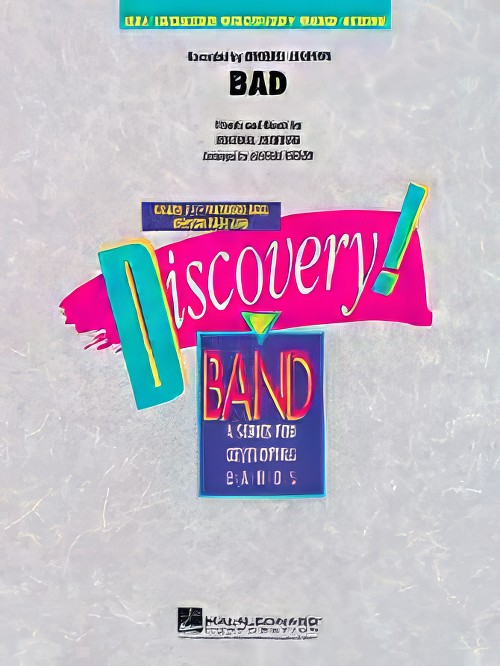 £39.99
£39.99Bad (Concert Band - Score and Parts) - Jackson, Michael - Vinson, Johnnie
Michael Jackson left a legacy of stylised pop hits, and Bad is certainly one of his best. Expertly scored by Johnnie Vinson at a very easy level, this is sure to be a favourite with students as well as parents.
Estimated dispatch 7-14 working days
-
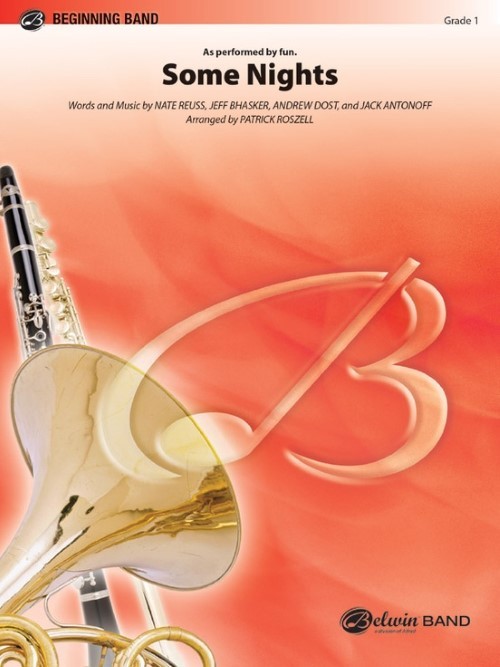 £57.00
£57.00Some Nights (Concert Band - Score and Parts) - Roszell, Patrick
The infectious title track by fun. comes to your beginning band. With easy, teachable syncopations, this is sure to be a hit with your students and audiences alike!Duration: 2:15
Estimated dispatch 7-14 working days
-
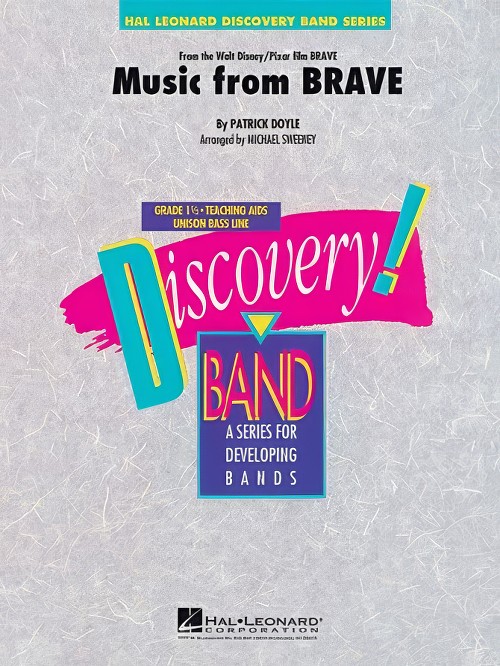 £42.50
£42.50Brave, Music from (Concert Band - Score and Parts) - Doyle, Patrick - Sweeney, Michael
Here are the main themes from the popular Disney/Pixar movie Brave in a concise and easy to learn setting for very young players. Sure to sound great with limited rehearsal timeIncludes:Legends are LessonsMerida's Home
Estimated dispatch 7-14 working days
-
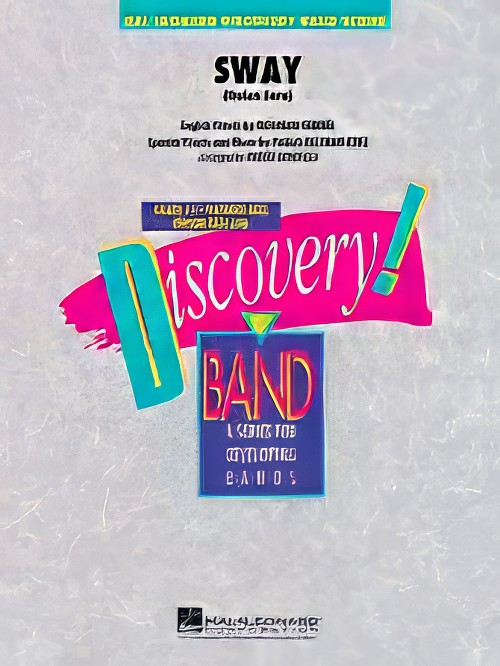 £38.50
£38.50Sway (Quien Sera) (Concert Band - Score and Parts) - Longfield, Robert
Recorded by Michael Buble, this Latin standard is popular once again. Robert Longfield's easy and appealing arrangement features plenty of interesting percussion parts and modest ranges for all players.Duration: 2:10
Estimated dispatch 7-14 working days
-
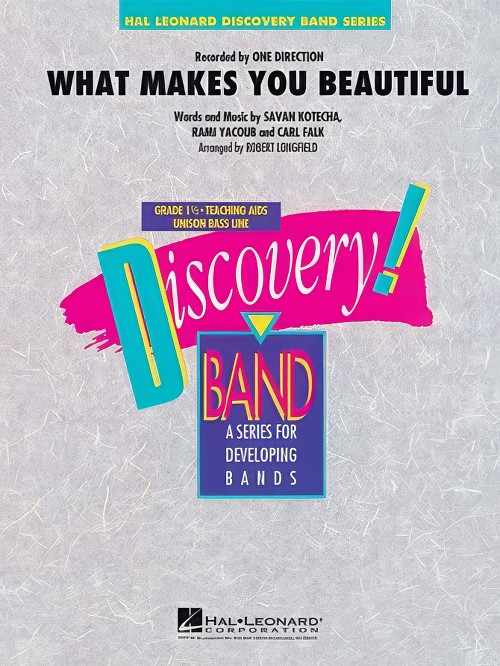 £53.50
£53.50What Makes You Beautiful (Concert Band - Score and Parts) - Longfield, Robert
Recorded by the boy band One Direction, here is very easy arrangement of their popular hit What Makes You Beautiful. With a driving pulse and catchy melodies, this is sure to be a hit with beginning players.
Estimated dispatch 7-14 working days
-
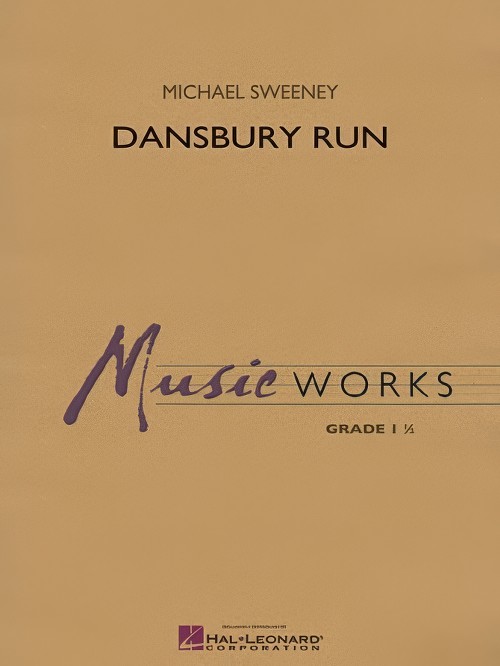 £47.50
£47.50Dansbury Run (Concert Band - Score and Parts) - Sweeney, Michael
Michael's energetic overture provides mature and dynamic sounds at a very attainable and easy to learn level. Combining full band unison statements along with some unusual harmonic effects, this is impressive music for young bands.Duration: 2:45
Estimated dispatch 7-14 working days
-
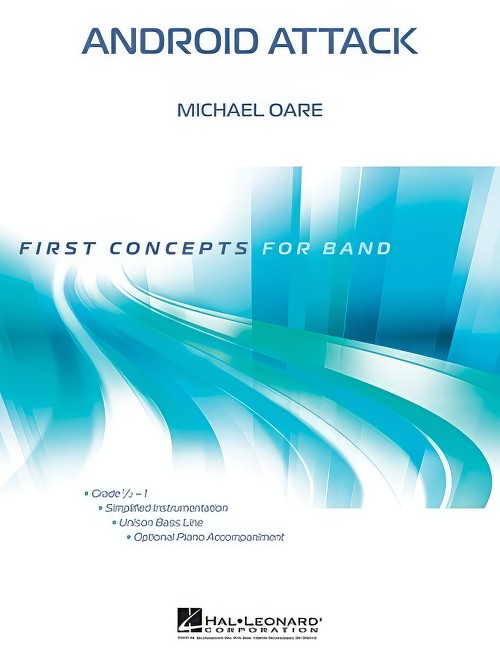 £44.99
£44.99Android Attack (Concert Band - Score and Parts) - Oare, Michael
Your beginning players will enjoy digging into this unique and somewhat sinister-sounding piece! The percussion play an important role with various metal sounds, and even at this very easy level there is plenty of variety in the scoring. First Concept works included simplified instrumentation, unison bass line, optional advanced snare drum part and an optional piano accompaniment.Duration: 1:40
Estimated dispatch 7-14 working days
-
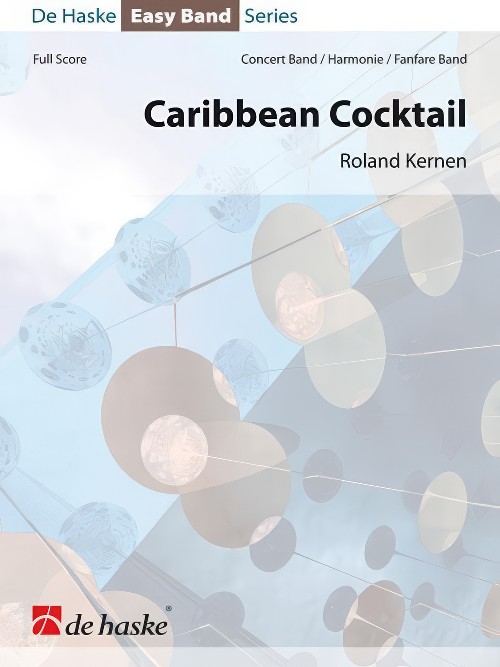 £74.99
£74.99Caribbean Cocktail (Concert Band - Score and Parts) - Kernen, Roland
The hot tropical climate of the Caribbean makes these islands a wonderful place to be. The population is of largely African ancestry, together with people of European and Amerindian origin. The community is proud of the local Creole culture that gave rise to a musical style characteristic of these wonderful islands.This small Caribbean Cocktail includes three different dances:- A traditional calypso with vibrant rhythms driving a typically Caribbean melody;- A quieter beguine, featuring warmer and tranquil sounds;- A merengue with a strong sense of exuberance and joie de vivre is easy to hear.This popular composition captures in music the feelings of a community where life's joys are all-important. Caribbean Cocktail is a light-hearted piece that is ideally suited to youth bancs and ensembles with an incomplete or imbalanced instrumentation.Duration: 6:45
Estimated dispatch 7-14 working days
-
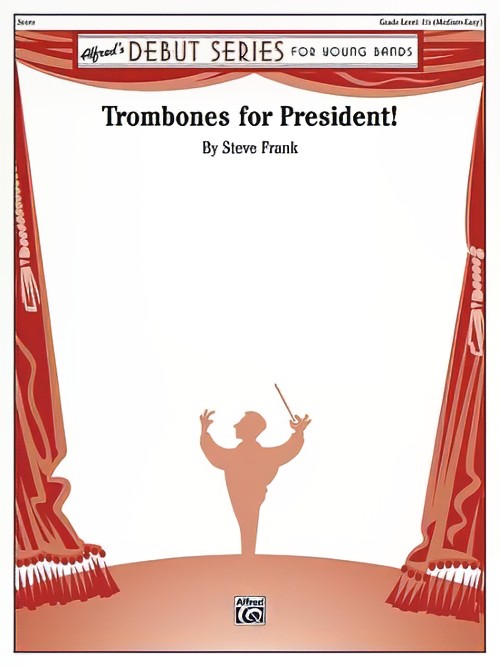 £45.95
£45.95Trombones for President! (Trombone Section Feature with Concert Band - Score and Parts) - Frank, Steve
The votes are in, and it's unanimous, everyone wins with this jazzy novelty designed to showcase the trombone section! Easy trombone smears combine with a swinging New Orleans-style groove that your band and audience will love. A sure-fire crowd pleaser!Duration: 2:15
Estimated dispatch 7-14 working days
-
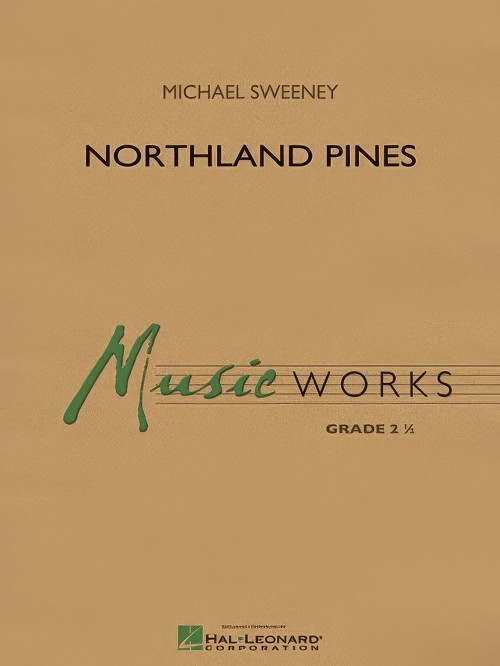 £53.50
£53.50Northland Pines (Concert Band - Score and Parts) - Sweeney, Michael
Bringing to mind the scenic majesty of the northern forests, Michael's fresh-sounding overture for young players opens with a powerful fanfare before introducing the energetic main theme in 5/4. Carefully using repetitive patterns combined with a unique harmonic treatment and brief lyric section, this work provides musical depth in a framework that is easy to teach.Duration: 4:00
Estimated dispatch 7-14 working days
